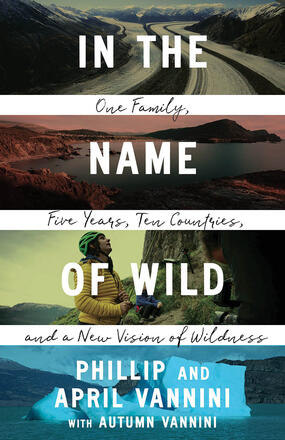
In the Name of Wild
One Family, Five Years, Ten Countries, and a New Vision of Wildness
Description
Five continents. Ten countries. Twenty Natural World Heritage sites in five years. In the Name of Wild is the story of what happened when one family set out to learn what wildness means to people around the world.
What draws us to seek out wild places? Do they mean the same to everyone? As they embarked on their fieldwork the Vannini family expected pristine landscapes, but romantic ideals soon crashed into reality. Adventurers were there to conquer the wilderness. Conservationists were there to manage it. Tourism operators were there to make a dollar.
Part travelogue, part ethnography, In the Name of Wild takes us on a wide-ranging journey, searching for answers from people who call places like Tasmania, Patagonia, and Iceland home. Wildness, they explain, isn’t about remoteness or an absence of people. This brilliantly conceived, beautifully told account reveals that wild is really about connections, kinship, and coexistence with the land.
Reviews
The Vanninis' findings are surprising and thought-provoking ... This entertaining and educational book takes along not only the family but readers too ... You can enjoy the journey, ponder and philosophize, and then decide what your answer might be.
- Graham Chandler